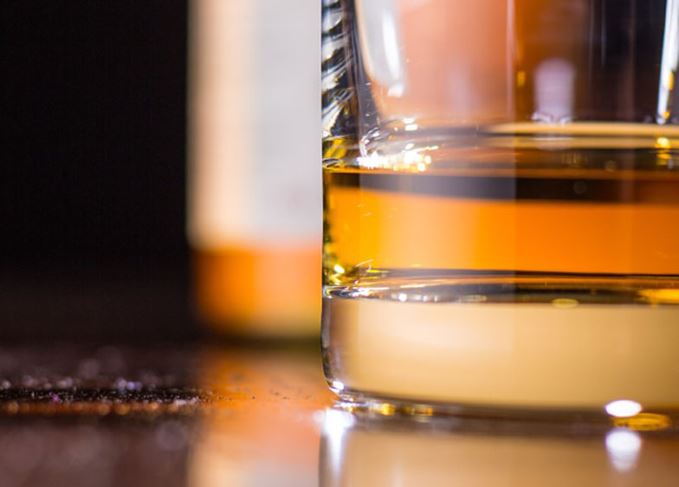Tasting notes and scores help us tell you what we really think of a whisky, whether it's a new release, an old favourite or a rare bottling. Read this guide to understand how we arrive at our conclusions.

Tasting is different to drinking. Tasting involves the painstaking analysis of the aromas, flavours and texture of a whisky. It takes time. For scotchwhisky.com the drams under consideration are tasted in flights – usually with six whiskies per flight. Only by comparing with others will a whisky reveal its full complexity.
THE PROCESS
- Nose and taste neat. Take notes.
- Add water and repeat the process. Give an initial grading. Take a break.
- Re-taste. Experience shows that there will always be one or two whiskies, overlooked in the first pass, that come steaming up on the rails.
- Nose and taste once more, then give conclusions. Yes, it’s a long process, but it seems to work.
WHAT WE'RE LOOKING FOR
POSITIVES: balance, complexity and character. If it’s a single malt, is the distillery character still in evidence? All whiskies should have these elements.
NEGATIVES: everything which actively removes balance, complexity and character. For example, immaturity (aka Knackered Cask Syndrome), over-cooking (too much oak), butyric (the smell of baby sick), soapiness.
OUR RATING SYSTEM
We thought long and hard about this. After initially using a 10-point scale (with decimal places), we’ve come around to using a 100-point scale – in common with most other media outlets discussing whisky – but one which is effectively a 50-point scale.
The 50-point span (from faulty at 51 to superb at 99) gives us more scope to discriminate between one whisky and other. Considerably more scope than some systems, where the baseline mark is 70 (or even 80), artificially inflating the worth of many of the whiskies being tasted.
The result should allow you, the reader, to compare our reviews with the many other websites and media out there discussing whisky. You’ll see that there are six distinct bands of excellence (or otherwise) contained within our scale:
51-59: Faulty
60-69: Poor to average, to not bad
70-74: A decent dram; I’d have one
75-79: A good dram, showing balance. I’d happily have two. Recommended
80-89: Progressively great, showing complexity, balance and character. Highly recommended
90-99: Superb. Highest possible recommendation
All the tasters we use will abide by this system.
WORDS
Read the words. They are what really matter. Only our thoughts, comments and conclusions will tell you what we think of the whisky. The number is merely a guide. Use it by all means, but don’t altogether rely on it. The words will reveal so much more.
PRICE BANDS
Based on their UK RRP (recommended retail price), unless otherwise stated.
£ Up to £60
££ £60-120
£££ £120-350
££££ £350-1,000
£££££ £1,000+
When tasting, we will be aware of the price band. In certain circumstances, this could have an influence on the score: is this whisky really worth £3,000? Is that whisky at £30 amazing value? If the price has affected the score, we will say so.




